
The automotive landscape in the United States is undergoing a profound transformation, marking the unequivocal end of an era for traditional sedans from the nation’s largest manufacturers. With the Chevrolet Malibu’s impending departure from General Motors’ lineup, a significant chapter in American automotive history concludes. By the end of 2024, Cadillac will stand as the sole remaining member of the Big Three — General Motors, Ford, and Chrysler — to offer a conventional four-door sedan, underscoring a dramatic shift in industry focus and consumer demand.
This evolving market dynamic has elicited varied reactions across the spectrum of vehicle ownership. For a segment of automotive enthusiasts, this development is undoubtedly disheartening, as the remaining options, predominantly crossover SUVs and trucks, do not consistently “elicit the same excitement” associated with performance sedans like the Dodge Charger or Ford Taurus SHO. However, the broader automotive purchasing public appears largely unfazed, readily embracing models such as the Chevy Equinox or Ford Escape over their sedan counterparts.
Understanding this seismic shift requires a deep dive into the complex interplay of consumer preferences, economic realities, and strategic corporate decisions. This article will meticulously explore the multifaceted reasons behind the comprehensive phasing out of sedans by American auto giants, examining the market forces, financial imperatives, and evolving customer mindsets that have reshaped the offerings of the Big Three.

1. **The General Trend: American Sedans as a “Dying Breed”**The classification of American sedans as a “dying breed” is supported by a clear industry trajectory. As 2024 draws to a close, the market will witness Cadillac as the singular entity within the Big Three — General Motors, Ford, and Chrysler — that continues to offer a conventional four-door sedan. This development signifies a comprehensive strategic reorientation among major U.S. automakers.
This trend creates a notable divergence between the desires of a dedicated segment of car enthusiasts and the purchasing behaviors of the average consumer. While enthusiasts may mourn the loss of models that historically offered distinct driving characteristics, the general public has largely gravitated towards alternative vehicle types. This indicates a broader acceptance and preference for utility-focused designs over traditional sedan aesthetics and performance.
Ultimately, the core rationale underpinning this widespread discontinuation lies in market economics. The context explicitly states that the “automotive enthusiast community… is too small of a demographic to ensure that big American automakers always have some sort of sedan or non-SUV offering.” This stark reality dictates production priorities, demonstrating that niche appeal cannot sustain mass-market production in a competitive environment.
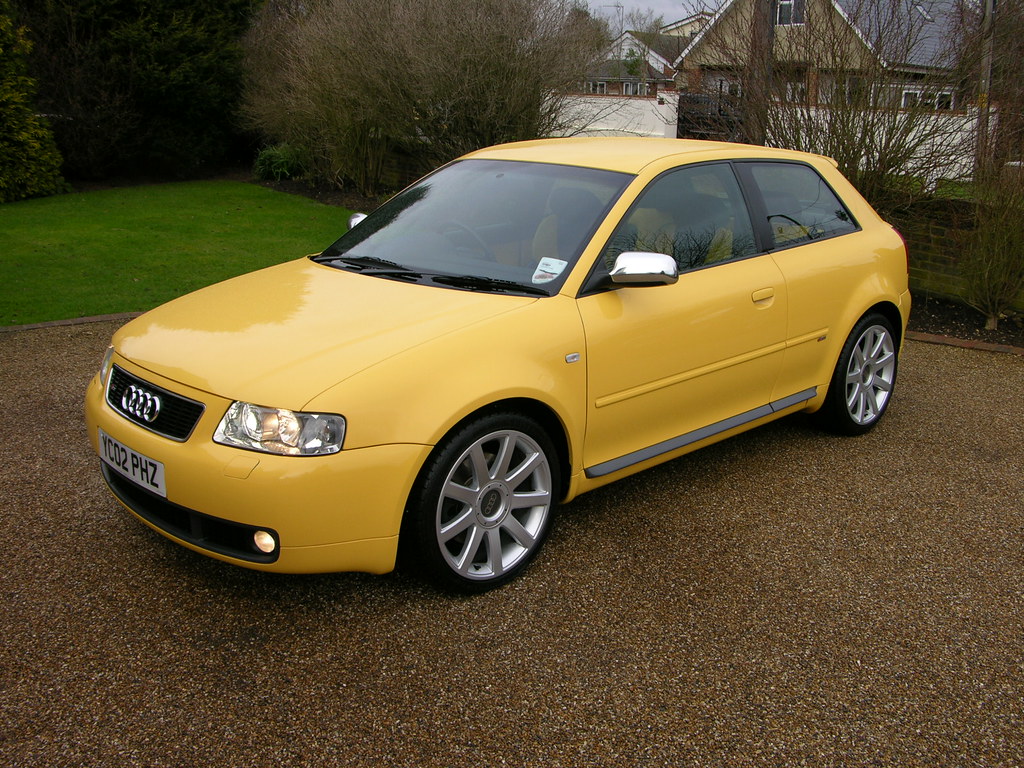
2. **Customer Preference: The Allure of Crossover SUVs and Trucks**At its fundamental level, the decision to purchase a vehicle for the vast majority of the public is driven by necessity. In the United States, a car remains an indispensable tool for daily life, facilitating commutes to work, grocery shopping, and myriad other essential activities. While some large urban centers offer viable alternatives, living outside these specific areas typically necessitates vehicle ownership.
To comprehend the prevailing market sentiment, it is crucial to adopt the mindset of a consumer whose primary concern is practicality, rather than automotive passion. Such an individual seeks a vehicle that reliably fulfills their transportation needs. When presented with choices, the practical considerations often overshadow emotional or performance-oriented factors, guiding their purchasing decisions.
This pragmatic approach directly fuels the surging popularity of crossover SUVs and trucks. These vehicle types are perceived to offer superior utility, versatility, and adaptability for everyday tasks, aligning precisely with the necessity-driven purchasing habits of the mainstream buyer. Consequently, the allure of these multi-purpose vehicles has steadily eclipsed that of traditional sedans.

3. **”More Car for the Money”: Perceived Value of SUVs vs. Sedans**A critical factor influencing consumer choice is the perception of receiving “more car for the money,” a metric where SUVs and crossovers often outperform sedans in the eyes of the average buyer. Consider the direct comparison within Chevrolet’s lineup: the 2024 Chevy Malibu, priced at $25,100, offers an advertised cargo capacity of 15.7 cubic feet. Its sedan configuration inherently limits its utility for hauling larger items.
In contrast, the 2024 Chevy Equinox, though slightly more expensive at a base MSRP of $26,600, presents a compelling value proposition. It boasts a maximum cargo room of 63.9 cubic feet, a substantial increase over the Malibu. Even if a buyer does not anticipate utilizing all of this expanded storage capacity frequently, the perception of greater utility for a marginal increase in price makes the Equinox an “almost a no-brainer” for those prioritizing practicality.
This logic extends broadly across the automotive market, influencing purchases of larger trucks as well. The perceived benefit of increased space, higher ride height, and rugged capability translates into a feeling of acquiring a more substantial “vehicle for the money.” This value perception significantly contributes to the sustained demand for SUVs, crossovers, and trucks over sedans, even in price-comparable segments.
Car Model Information: 2020 Chevrolet Malibu FWD RS
Name: Chevrolet Malibu
Manufacturer: Chevrolet
ModelYears: 1964–1983,1997–2025
Class: Mid-size car
Layout: Front-engine, rear-wheel-drive layout
Predecessor: Chevrolet Chevelle
Successor: Chevrolet Celebrity
Caption: Ninth generation Chevrolet Malibu
Categories: 1970s cars, 1980s cars, 1990s cars, 2000s cars, 2010s cars
Summary: The Chevrolet Malibu is a mid-size car that was manufactured and marketed by Chevrolet from 1964 to 1983 and from 1997 to 2025. The Malibu began as a trim-level of the Chevrolet Chevelle, becoming its own model line in 1978. Originally a rear-wheel-drive intermediate, GM revived the Malibu nameplate as a front-wheel-drive car in 1997.
Named after the coastal community of Malibu, California, the Malibu has been marketed primarily in North America, with the eighth generation introduced globally. Malibu production in the US ended in November 2024, as the Fairfax plant is being retooled for the upcoming second-generation Chevrolet Bolt. The Malibu is now the last sedan to have been sold by Chevrolet in the US.
Get more information about: Chevrolet Malibu
Buying a high-performing used car >>>
Brand: Chevrolet Model: Malibu
Price: $18,233 Mileage: 57,610 mi.

4. **Sales Numbers Dictate Longevity: The Fiscal Reality for Automakers**While personal preferences and perceived value play significant roles in individual buying decisions, the ultimate determinant of a vehicle’s continued production and longevity is its sales performance. Automakers operate within a highly competitive and capital-intensive industry where allocation of resources is directly tied to market demand. Unsurprisingly, “sales numbers are what ultimately drive a vehicle’s longevity.”
General Motors’ sales data for the past year vividly illustrates this point. The company reported selling 2.6 million vehicles across all its brands. A staggering “Over 1.8 million of that number was SUVs and trucks,” demonstrating a clear market dominance by these segments. In stark contrast, only “130,000 Malibus sold in 2023,” which represents a mere fraction of total sales.
Quantifying this further, Malibu sales accounted for “around five percent of total sales” for GM. From a pure business perspective, it “wouldn’t make fiscal sense to dedicate the time, money, and effort to sell a vehicle that only accounts for essentially a rounding error’s worth of sales.” This commercial reality underscores why sedans, despite their historical presence, are being deprioritized in favor of more profitable and higher-volume segments.
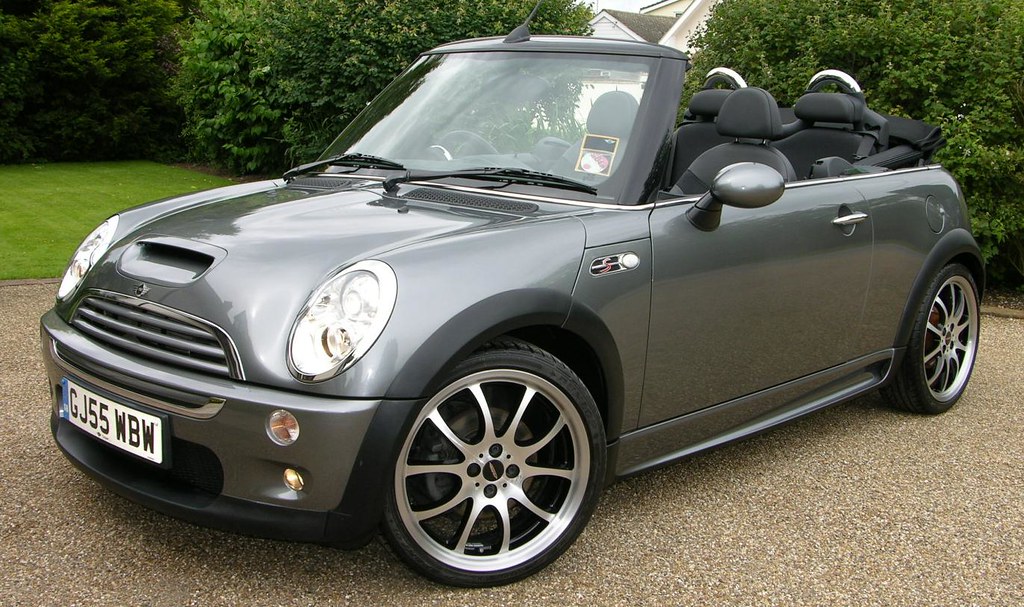
5. **The Financial Imperative: Billions Lost on Sedans**Beyond declining sales figures, a more direct and critical factor in the demise of sedans for American automakers has been substantial financial losses. Jim Farley, Ford’s CEO, articulated this reality with unequivocal clarity, stating, “The reason is very simple – we lost billions on them, and we are not in a position to lose billions on vehicles anymore.” This stark admission highlights the unsustainable economic burden that sedan production had become.
From the perspective of a business leader, the allocation of corporate capital is a strategic decision guided by profitability and future viability. Farley emphasized, “As a business leader, I don’t believe that the company should allocate capital to vehicles that I know we are going to lose money on.” This principle dictates that resources must be directed towards products that generate revenue and contribute to the company’s financial health, rather than depleting it.
The context further clarifies that for Ford, this strategic decision involved moving “out of the commodity part of the market into vehicles that our company wakes up in the morning and does well.” This reflects a fundamental reevaluation of their product portfolio, identifying segments where they possess a competitive advantage and can achieve sustainable profitability. The inability of sedans to meet these financial benchmarks ultimately sealed their fate.

6. **Investment in Growth: Focusing Capital on Profitable Segments**With finite resources at their disposal, automakers are compelled to make strategic investment choices, prioritizing segments that promise growth and profitability. Kumar Galhotra, President of Ford North America, articulated this dilemma: “Our industry is very resource-intensive – we have to create a particular product, and the factory to build it, and all the tooling and our suppliers – that can run into billions of dollars.” He posed the critical question: “Do we want to invest it in a declining segment, or do we want to invest it in a growing segment?”
Ford’s decision, therefore, was to “invest in a growing segment.” This redirection of capital has manifested in the development and launch of highly successful new models that cater to current market preferences. These include the “Mavericks, Broncos, Bronco Sports, and all sorts of other vehicles like the (Mustang) GTD that will make money.”
Additionally, the company is focusing on specialized, high-margin offerings such as “Raptors, Tremors, Transit vans, electric vehicles that will make money over time.” This strategic pivot is designed to “more than offset the loss of sedans” by building a robust lineup of vehicles that align with consumer demand and ensure long-term profitability. It is a clear demonstration of allocating capital where it can yield the highest returns.

7. **Customer Perception vs. Actual Use: The Role of Aspirations**The dynamics of automotive purchasing are often influenced by a significant disparity between a customer’s aspirational uses for a vehicle and their actual, day-to-day requirements. “People buy cars for what they think they’re going to do with them, as opposed to what they actually do.” This psychological aspect profoundly impacts the perceived value and desirability of different vehicle types.
Enthusiasts, for example, might envision purchasing a high-performance vehicle such as a “Toyota Supra, Porsche 911, or a big muscle car because we want to race it, take it on a long road trip, or drive every curvy road in the state.” While these are compelling aspirations, the reality is that such dreamed purposes are “almost never” fulfilled in regular driving conditions, making the practical benefits often less tangible.
Conversely, a non-car enthusiast is more likely to make a purchase decision based on immediate, tangible utility. They might opt for a Ford Escape because “it seems like a good deal and it will fit more groceries/kids/etc than a slightly less expensive sedan.” In this scenario, the “maximum cargo capacity of a poor Chevy Equinox will be tested often,” directly addressing their practical needs, whereas the hypothetical 200 mph speedometer of a Dodge Challenger Hellcat remains largely untested for most owners. This difference in motivation clearly favors the utility-driven segments.
Read more about: Automotive Icons Unraveled: The Definitive Account of 15 Star Brands and Models That Fell From Grace

8. **Ford’s Decisive Pivot: The Swift Discontinuation of Sedans**Ford Motor Company executed a particularly swift and comprehensive strategy to exit the sedan market in the U.S., a decision that was initially met with widespread surprise and criticism. In 2018, the automaker declared its intention to systematically wind down the production and sales of passenger cars across its American lineup. This bold move signaled a clear and immediate reorientation of its product portfolio.
This strategic shift saw the rapid discontinuation of several well-known sedan models that had long been staples in the Ford stable. Within months of the announcement, models such as the Ford Focus, Fiesta, and Fusion were axed, along with the venerable Ford Taurus. This aggressive realignment was undertaken to redirect the company’s focus and resources towards its more profitable and in-demand segments: trucks, SUVs, and crossovers.
As a direct consequence of this comprehensive restructuring, Ford’s current U.S. lineup is almost entirely devoid of traditional sedans. The only remaining vehicle that could be loosely categorized as “sedan-esque” is the iconic Mustang, which, by its very nature as a two-door sports car, stands apart from the conventional four-door sedan segment. By 2020, Ford projected that a staggering 90% of its North American sales would consist of these larger, utility-focused vehicles, a testament to the profound transformation of its offerings.

9. **The Financial Justification: Why Ford Lost Billions on Sedans**The driving force behind Ford’s drastic decision to abandon sedans was unequivocally economic: the segment had become a significant financial drain. Jim Farley, Ford’s CEO, articulated this reality with direct and unambiguous clarity, stating, “The reason is very simple – we lost billions on them, and we are not in a position to lose billions on vehicles anymore.” This stark admission highlighted the unsustainable financial burden that continued sedan production represented for the company.
From a strategic business standpoint, the allocation of capital is a critical leadership responsibility, and Ford’s executive team concluded that investing in a persistently unprofitable segment was untenable. Farley emphasized this principle, noting, “As a business leader, I don’t believe that the company should allocate capital to vehicles that I know we are going to lose money on.” This commitment to fiscal prudence meant that resources previously directed toward sedans had to be rechanneled into areas promising growth and profitability.
This strategic re-evaluation led Ford to consciously move “out of the commodity part of the market into vehicles that our company wakes up in the morning and does well.” This signifies a shift towards products and segments where Ford possessed a competitive advantage and could achieve sustainable financial success. The inability of its sedan offerings to meet these profitability benchmarks was the ultimate factor sealing their fate, transforming a declining market trend into a decisive corporate exit.
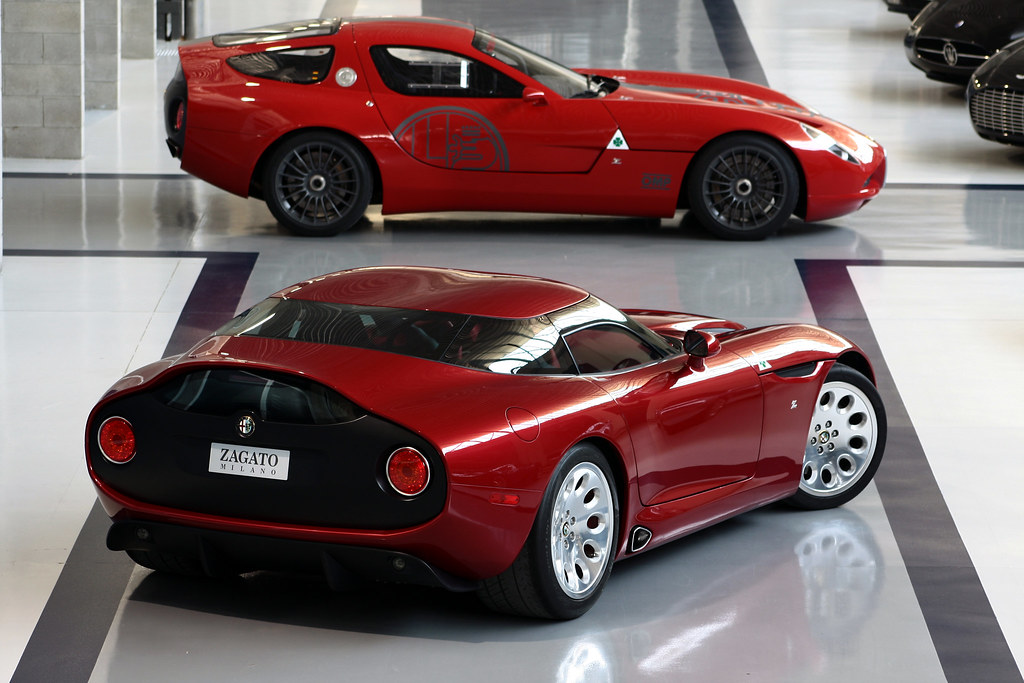
10. **General Motors’ Phased Approach: Making Way for EV Production**While Ford’s exit from the sedan market was rapid, General Motors adopted a more gradual, phased approach to discontinuing its traditional sedan offerings. Over a period of several years, GM systematically retired a number of its prominent sedan models, including the Impala, Cruze, Sonic, and all Buick’s sedans. This deliberate strategy aimed to incrementally clear the path for its burgeoning electric vehicle (EV) production initiatives.
The culmination of this strategy for GM’s mainstream Chevrolet brand is the impending cessation of Chevrolet Malibu production. The company announced that Malibu production will conclude in November of this year. This decision is directly linked to the retooling and reconfiguration of the Fairfax Assembly Plant in Kansas City, Kansas, where the Malibu is currently built. The facility is being prepared to commence the assembly of a new generation of the Chevrolet Bolt EV.
This move underscores GM’s broader strategic pivot towards an electrified future. The company recognizes that factory space and manufacturing resources are finite and can be more effectively utilized for the production of electric vehicles, particularly those built on its advanced Ultium platform. The phasing out of internal combustion engine (ICE) sedans like the Malibu, along with previous casualties such as the Chevy Volt, reflects a concerted effort to maximize production capacity for its expanding EV lineup, even as the EV market experiences some “slower industry growth.”

11. **Stellantis’s Unique Trajectory: Phasing Out Legacy Sedan Platforms**Stellantis, the parent company of Chrysler and Dodge, presented a somewhat distinct narrative in the broader trend of sedan discontinuations, albeit with an identical outcome. For several years preceding their ultimate phase-out, the Chrysler 300 and Dodge Charger stood as the sole remaining conventional sedans across all Stellantis’s American brands. Their longevity, however, was increasingly challenged by an aging foundation.
These models were phased out due to their reliance on a “very old platform,” which had become a significant limiting factor in terms of technological updates, manufacturing efficiency, and competitive positioning against newer designs. The decision to discontinue them was less about a direct shift to a specific new product line and more about retiring an outdated architecture that no longer aligned with contemporary market demands or production strategies.
In the wake of these sedan departures, Stellantis’s portfolio in the U.S. has solidified around its highly successful and popular utility vehicles. Models such as the Dodge Durango, alongside the entire diverse lineup of Jeep brand vehicles, have taken center stage. These robust and versatile SUVs continue to meet consumer demand for larger, more capable vehicles, aligning the company’s offerings with prevailing market preferences much like its Big Three counterparts.
Car Model Information: 2021 Chrysler 300 Touring
Name: Chrysler 300
Aka: Lancia Thema
Manufacturer: Chrysler (automotive brand)
Production: February 1, 2004– December 2023
ModelYears: 2005–2023
Class: Executive car
Layout: Front-engine, rear-wheel-drive layout,automobile layout
Predecessor: Chrysler 300M,Chrysler Concorde,Chrysler Intrepid
Categories: 2010s cars, All articles with dead external links, All articles with unsourced statements, Articles with dead external links from June 2025, Articles with short description
Summary: The Chrysler 300 is a full-size car manufactured and marketed by Stellantis North America and its predecessor companies. It was available as a four-door sedan and station wagon in its first generation (model years 2005–2010), and solely as a four-door sedan in its second generation (model years 2011–2023).
The second generation 300 was marketed as the Chrysler 300C in the United Kingdom and Ireland and as the Lancia Thema in the remainder of Europe.
Get more information about: Chrysler 300
Buying a high-performing used car >>>
Brand: Chrysler Model: 300
Price: $24,777 Mileage: 38,623 mi.
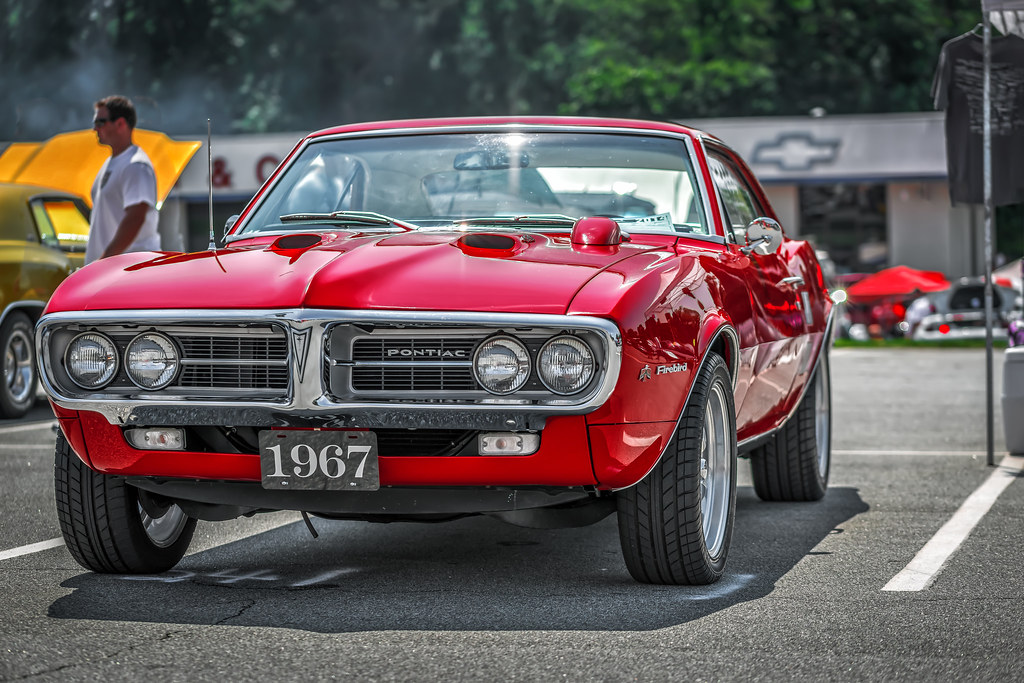
12. **The Intertwined Fate of Sedans and the EV Transition**The strategic decisions made by American automakers to discontinue sedans are deeply intertwined with the broader industry transition towards electric vehicles, presenting both opportunities and new challenges. General Motors, for instance, is currently making “strategic production adjustments in alignment with expected slower EV industry growth and customer demand by leveraging our flexible ICE (internal combustion engine) and EV manufacturing footprint.” This indicates a pragmatic approach to navigating a dynamic market.
Evidence of this adjustment includes GM’s decision to cut output at its Spring Hill, Tennessee plant for electric Cadillac SUVs, the Lyriq and Vistiq, during December, with significant curtailment planned for the first five months of the following year. The company is also delaying the start of a second shift at a Kansas City plant slated for Chevy Bolt EV production. These actions reflect a response to market realities, including the impact of the Trump administration’s withdrawal of federal support for EVs, such as the expiration of the $7,500 consumer tax credit.
Despite these adjustments, the underlying push toward electrification remains a powerful force shaping product lineups. The discontinuation of sedans frees up critical manufacturing capacity and capital that can be reallocated to EV development and production, as seen with the Fairfax plant’s conversion for the Bolt EV. GM’s North America head, Duncan Aldred, acknowledged this balance, emphasizing, “As we adjust to the new EV market realities, the strength of our ICE portfolio will continue to separate our brands from the pack and give us flexibility and profitability that EV-only companies lack.”
Read more about: Beyond the Red Carpet: Dissecting the Iconic Cars Celebrities Drive and the PR Machine Behind Their Public Persona
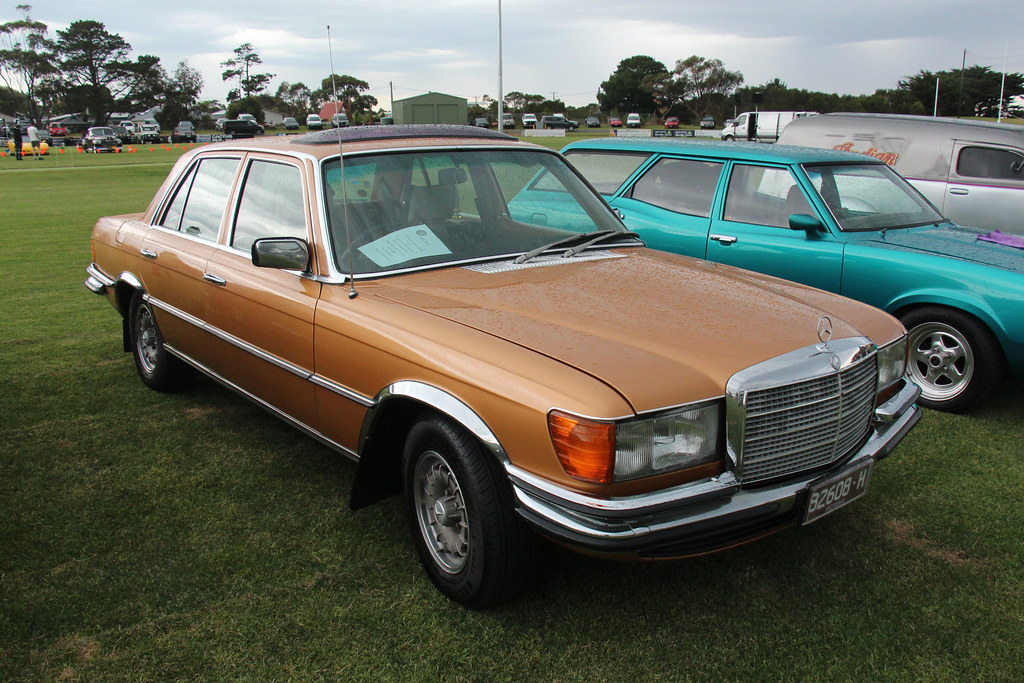
13. **Customer Demand: The Unstoppable Tide Reshaping Vehicle Lineups**Ultimately, the sweeping changes in the American automotive landscape, culminating in the near-total disappearance of sedans from the Big Three’s offerings, are a direct consequence of undeniable customer demand. The decisions by General Motors, Ford, and Chrysler to cease sedan production were not arbitrary or driven by malevolent intent, but rather by the “market forces, customer perception of value, and cold hard sales.” As the context succinctly puts it, there is “not a global conspiracy to outlaw the four-door.”
Sedans from American brands simply ceased to be purchased in sufficient numbers to justify their continued production. Whether due to evolving preferences for utility, perceived value, or shifting lifestyles, consumers gravitated away from them. This reality meant that models like the Malibu, 300s, Impalas, and Tauruses were no longer fiscally viable investments for their respective companies.
Conversely, vehicles like the Equinox, Escape, Silverado, Ram 1500, and F-150 continue to attract substantial investment because they align precisely with what customers are actively buying. The Big Three are in the business of providing what their customers want, and presently, that means a robust array of crossovers, SUVs, and trucks. This clear market signal dictates the direction of product development and resource allocation, solidifying these vehicle types as the dominant force in the current automotive landscape.
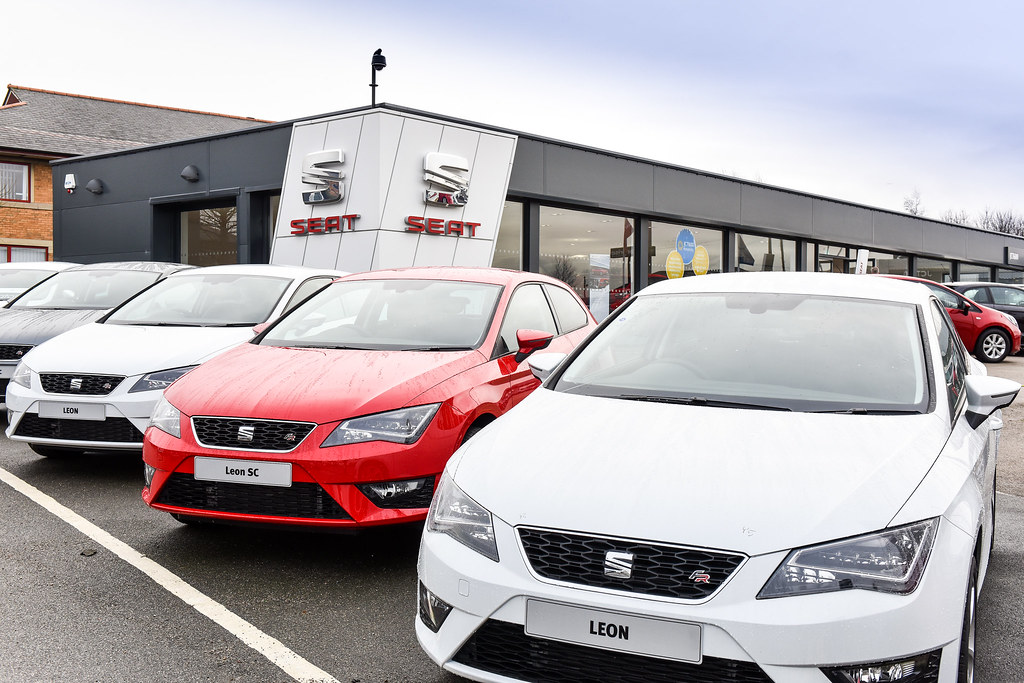
14. **The Enduring Sedan Market: A Niche for Others, A Legacy for History**While American automakers have largely exited the traditional sedan market, it is important to acknowledge that the segment itself is not entirely defunct within the United States. The “mid-size sedan business” remains sizable, with “over 900,000 mid-size sedans bought in 2023.” This continued demand has allowed foreign automakers, particularly Honda and Toyota, to thrive with their “excellent offerings” like the Accord and Camry, now facing “little competition” from American brands.
Interestingly, the sales profiles of these enduring sedans differ from the models phased out by the Big Three. For instance, while GM sold over 130,000 Malibus in 2023, a significant majority were sold to fleet operators, sometimes nearing 75% in a given month. In contrast, for the Accord and Camry, close to 70% of sales last year were to individual consumers, indicating a stronger retail demand for these specific models.
Car Model Information: 2015 Toyota Camry SE
Name: Toyota Camry
Caption: 2018 Toyota Camry Ascent (ASV70, Australia)
Manufacturer: Toyota
Production: March 1982 – present
Aka: ubl
Class: ubl
Layout: ubl
Predecessor: ubl
Successor: Toyota Avensis (T250)
Categories: 1990s cars, 2000s cars, 2010s cars, 2020s cars, All-wheel-drive vehicles
Summary: The Toyota Camry (; Japanese: トヨタ・カムリ Toyota Kamuri) is an automobile sold internationally by the Japanese auto manufacturer Toyota since 1982, spanning multiple generations. Originally compact in size (narrow-body), the Camry has grown since the 1990s to fit the mid-size classification (wide-body)—although the two widths co-existed in that decade. Since the release of the wide-bodied versions, Camry has been extolled by Toyota as the firm’s second “world car” after the Corolla. As of 2022, the Camry is positioned above the Corolla and below the Avalon or Crown in several markets.
In Japan, the Camry was once exclusive to Toyota Corolla Store retail dealerships. Narrow-body cars also spawned a rebadged sibling in Japan, the Toyota Vista (トヨタ・ビスタ)—also introduced in 1982 and sold at Toyota Vista Store locations. Diesel fuel versions have previously retailed at Toyota Diesel Store. The Vista Ardeo was a wagon version of the Vista V50.
Get more information about: Toyota Camry
Buying a high-performing used car >>>
Brand: Toyota Model: Camry
Price: $11,985 Mileage: 120,137 mi.
Read more about: Legends Lost: Revisiting the Classic American Cars of the ’50s and ’60s That Defined an Era and Vanished
Looking ahead, the future of vehicle lineups remains subject to the dynamic forces of consumer taste and technological advancement. Unless customers undergo a dramatic shift in preferences, leading them to “wildly change tastes and start buying sedans from other brands en masse,” the dominance of crossovers, SUVs, and trucks from American manufacturers is likely to persist. Yet, the possibility of hybrid forms, such as a potential “four-door version of the Ford Mustang,” hints at evolving interpretations of traditional vehicle categories, even as the era of the conventional American sedan concludes its remarkable run. One can either lament the inevitable tide of customer demand or marvel at the impressive longevity sedans maintained for so many decades.



